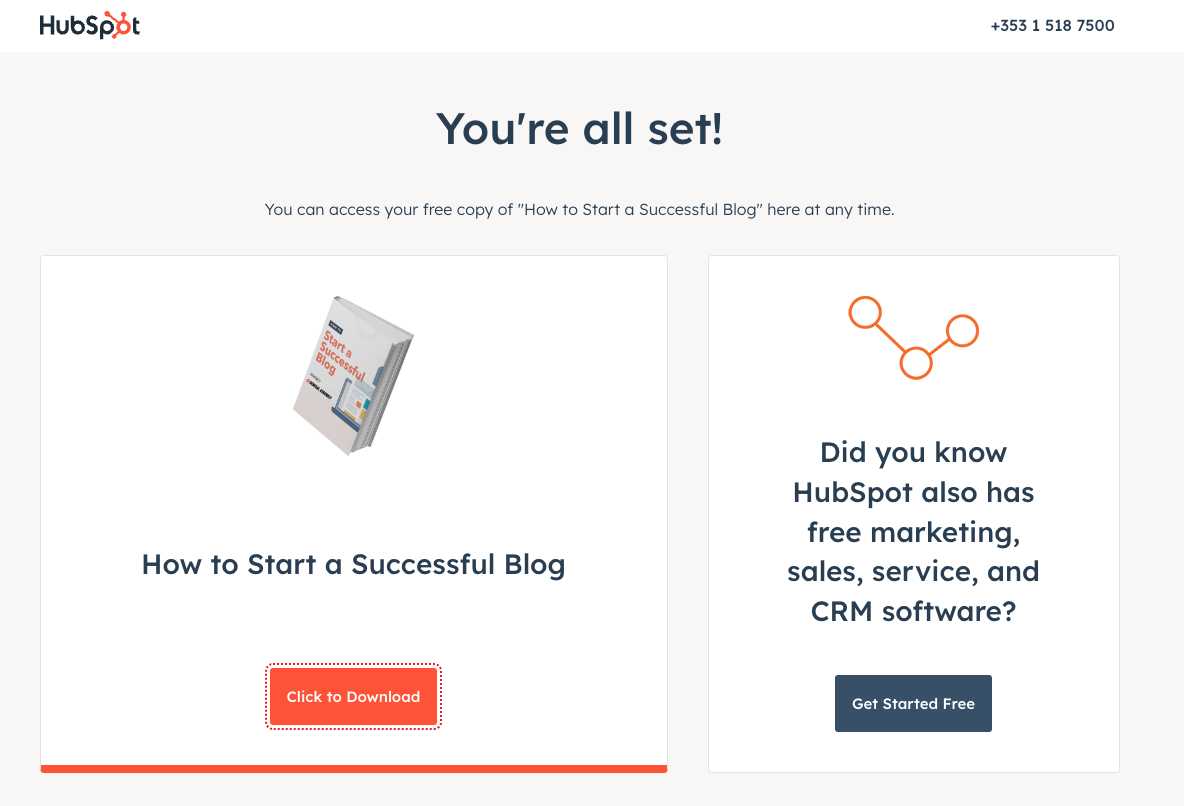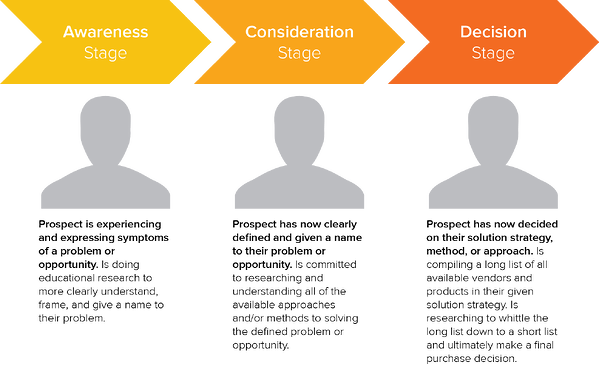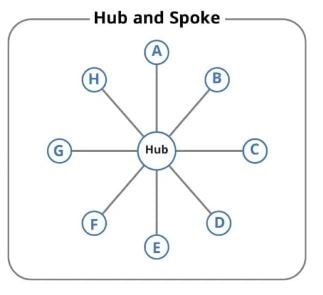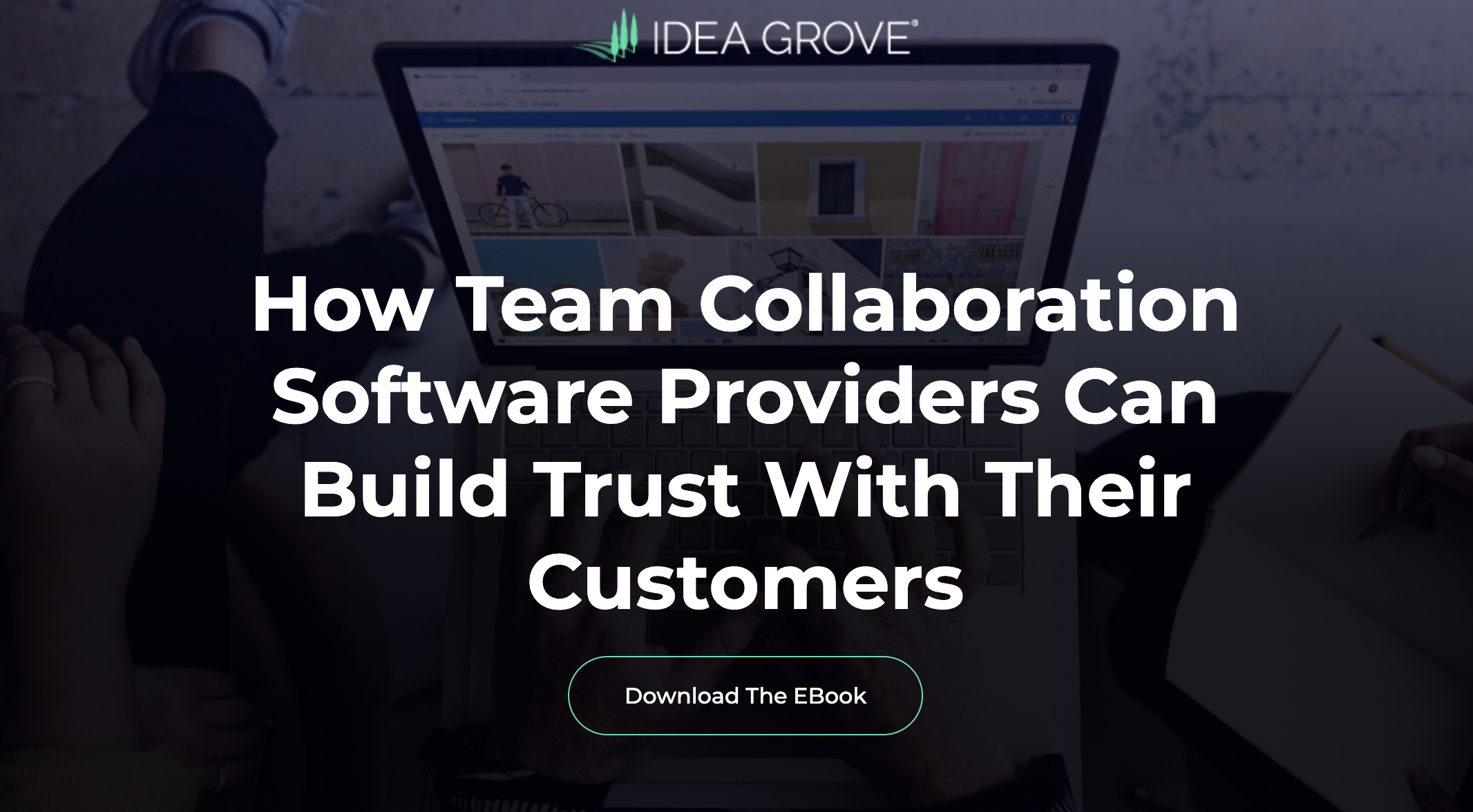Many businesses are hesitant to gate their content, fearing that it will turn potential customers away. However, done correctly, gating can actually improve your conversion rate and help you achieve your business goals.
But what is gating, and how can you do it effectively? When gating content, you require a website visitor to provide their contact information in order to access certain content. Your goal is to develop a relationship of trust by providing real, high-value content to your lead.
We’ll show you in this article how and when to gate your B2B content, so you can get the most out of it.
In this article, we are going to cover:
- What Is Gated B2B Content?
- Reasons to Use Gated B2B Content
- Types of B2B Content That Can Be Gated (Incl. Examples)
- When to Use Gated Content
- How to Use Gated Content: Best Practices
- Tips for Creating Gated B2B Content That Provides Real Value to Potential Customers
What is Gated B2B Content?
Gated content is content that's behind a form, typically requiring an email address from the visitor to access it. This type of content is generally associated with eBooks, white papers, how-to videos, price quotes, and articles.
The purpose of gating B2B content is to generate leads. By requiring an email address, you can add potential customers to your marketing list and continue nurturing them until they're ready to buy.
Here are some examples of companies gating their premium content:
- Hubspot sharing their Content & Media Strategy Report
- Our 72 Free Trust Badges To Seal The Deal With Your Customers
We’ll share some more examples in the section where we’ll discuss the types of B2B content that can be gated.
Reasons to Use Gated B2B Content
By gating your content and requesting some personal information from your visitor (such as first and last name, email address, job title, and company name) before giving them access, you are potentially gaining qualified leads and streamlining your marketing.
As start-up advisor and Hubspot blog author Mike Volpe stated: “If I can get 100,000 people to see that page and I can get 28,000 people to fill it out, 28,000 contacts may be more valuable than even 50,000 people seeing the content.”
Here are three main benefits from using gated B2B content:
- Create a relationship built on trust: Providing your leads authentic, high-quality content creates a strong foundation for trust with your leads.
- Streamline your sales process: As Mike Volpe expressed, reaching out to the leads that have accessed your gated content is more effective than conducting cold outreach. These people are more likely to be interested in what product or service you have to sell since trust has already been established.
- Understand your leads: The more information you have about someone, the more accurately you can target them in future campaigns. By gathering data about your leads, you will be able to nurture them in hopes of conversion.
Types of B2B Content That Can Be Gated
Depending on how you run your business, a specific type of content will fit your visitors more and will therefore generate more leads. If you host a blog on your website, it would be interesting to gate some of your premium articles to engage new people with your business. However, if you are focused on selling your course, you can consider gating a free eBook.
Here are the kinds of content that you might consider gating:
1. Tools
Are you offering free tools on your website?
While free tools can be attractive, more complex tools often need to be gated to avoid running up server costs – your visitor will appreciate the tools that you are giving out for free, and will perceive the monetized tool as a luxury commodity.
Here is an example of a tool that is gated.
2. Templates
Simple, everyday templates might not be worth gating, but more complex templates - such as a very detailed email that allows companies to transform leads into customers, using complex conversion tricks - can be significant enough to require registration.
Here is an example of a template that is gated.
3. Contests
If you're offering participants a high-quality prize, then gating contests is a great idea. By allowing any visitor to simply join your contest, you may end up choosing a random winner that isn't a fan of your work. However, if you are properly gating your contests, you will ensure that the winner is someone that has been closely following your business.
Here is an example of a contest that is gated.
4. eBooks
eBooks are one of the most traditional forms of gated content. Most marketing companies offer eBooks behind a simple gate, usually an email opt-in. However, it is possible to turn the gate into a paywall for particularly high-quality content.
Here is an example of an eBook that is gated.
5. Webinars
Time-limited, high-value content, such as webinars, is ideal for gated content. Essentially, if you want to make your free webinar accessible to a limited number of people, then gating is vital to restrict access.
Here is an example of a webinar that is gated.
6. Videos
Training and how-to videos are generally restricted to members-only because videos are considered content that people expect to be gated. Consider gating your videos, especially if you are offering product-specific knowledge.
Here is an example of a video that is gated. The initial content is free, but the premium content is gated.
7. Industry-Specific Content Types
There’s so much more content that can be gated. If you’re offering design software solution, you could gate the “most popular website design colors in 2022”. If you’re offering Powerpoint services, you could gate some awesome Powerpoint icons that prospects could use. If you’re offering a cold emailing software solution, you could gate cold emailing templates. Whatever industry you’re in - the possibilities are endless.
Here is an example of an industry-specific gated content type.
When to Use Gated Content?
Every prospect goes through a path to purchase before buying your product; this is called the buyer's journey.
The buyer's journey is made up of three essential steps: the awareness stage, the consideration stage, and the decision stage. It is important to offer your prospects different content at different stages, to guide them along the way.
In the awareness stage, your visitors are doing educational research to solve a certain problem that they have. Visitors in this stage are interested in content that’s meant to educate them. Therefore, you could for example gate an eBook. This way, you would be able to market to that visitor later on in the future.
In the consideration stage, your prospect has defined their problem and is actively considering solutions by evaluating all the different approaches and available methods to solve their problem. Here you could gate a webinar explaining different solutions to their problem.
Finally, in the decision stage, your prospects have figured out a solution to their problem and have a clearer idea of the method that they want to use. At this stage, prospects are looking for examples for how-to videos, tools or a free template to use.
How to Use Gated Content: Best Practices
To generate leads and nurture new business, gated content should be your new go-to! However, simply putting random content on your website and gating it will affect your traffic negatively.
To maximize the benefits of gated content, you’ll have to follow the hub and spoke model, design an effective landing page, and create a warm thank you page.
1. The hub and spoke model
With this content strategy, you will create an insightful piece of content called the hub. Then, you will proceed to produce smaller pieces that relate to the hub, called the spokes. This model will allow you to provide maximum value to your visitors, due to the rich and high-quality content. You'll be able to gate the hub behind a lead capture form, such as the requirement of an email address (which would be an easy trade-off for your average visitor, due to the high-quality content).
2. Create effective landing pages
To lower bounce rates and get people to exchange their valuable personal information, you'll need to create a highly-effective landing page with a clear call to action. Your page needs to establish a need for the audience, with your product or service being the solution.
Keep your page as clear as possible and stay away from bait-and-switch techniques. Have a clear call to action present in the middle of the page that clearly invites the visitor to enter their personal information in exchange for access to premium content.
3. Create a Warm Thank You Page

Confirmation pages or “thank you pages” are a valuable asset to your website, where you’re able to seal the deal with your visitors. Tell your visitors (now valuable leads) that you’re thankful that they completed the form, and inform them on how to access their premium content.
You should also instruct them on the next steps, such as directing them to schedule a meeting with the sales team.
Tips for Creating Gated B2B Content That Provides Real Value to Potential Customers
If you decide to gate your content, it's important to make sure that the content you're gating is high-quality and provides real value to potential customers. Here are a few tips for creating gated content that will help you achieve your business goals:
- Choose the right format: Not all types of content are well-suited for gating. For example, gating a blog post probably won't generate many leads, because people are used to getting blog posts for free. On the other hand, gating an eBook or white paper can be a great way to generate leads.
- Keep the form short: If your visitors have to spend fifteen minutes filling-in forms before receiving the desired content, they are probably going to walk away to find their desired information elsewhere. A short form will allow you to retain the biggest number of visitors, therefore maximizing the benefits of gated content.
- Provide value: Remember, the goal is to create gated content that provides real value to potential customers. So, ask yourself: what pain points does my target audience have? And how can my gated content help them solve those problems? For instance, if the content you are seeking to gate can be found elsewhere for free, gating is not a good idea. Providing valuable and unique content is key to success.
- Make it scannable: People are busy, and they don't always have time to read long-form content. So, when you're creating gated content in the form of text, make sure it's scannable and easy to read. Use short paragraphs, subheadings, and bullet points to make your content more digestible.
- Use visuals: Content with visuals is more likely to be shared and remembered than content without visuals. So, if you're gating a piece of content that's text-heavy, consider adding some images or infographics to break up the text and make your content more visually appealing.
Final Thoughts
If you're looking to increase leads and conversions from your B2B content, gating may be the right solution for you. By requiring an email address from visitors, you can ensure that only qualified leads are viewing your content. Additionally, gating allows you to track who is viewing your content and how they found it, so you can better understand your audience.
However, remember that it’s important to strike the right balance. In general, gated content works best when it's something that your audience would be willing to pay for, such as an in-depth guide or an exclusive webinar. When in doubt, err on the side of caution and only gate your most valuable content.
If you're considering gating your content, be sure to weigh the pros and cons carefully. Gating can be an effective way to generate leads, but it may also turn some visitors away. Ultimately, you'll need to decide what's best for your business and your audience.
Here are a few articles to check out to get started with creating worthy content for gating:

 11 min read
11 min read








 7 min read
7 min read

